Meet our CODE_n CONTEST Finalists 2016: ioxp from Germany
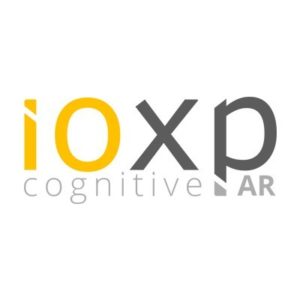
The augmented reality manuals, developed by the photonics startup ioxp, are step-by-step instructions from the point of view of the worker. Content is created by filming a correct procedure during actual work processes. The system of our CODE_n finalist extracts all explanatory information and allows adjustments to be made in post-production. The result is a multimedia instruction and assistance system. The system also uses hand tracking to recognize if something is executed incorrectly and subsequently issues alerts. We’ve talked to Co-Founder Alexander Lemken about the details of his solution:
What is ioxp all about? How did you come up with the idea?
Alex: The ioxp system enables industrial workers to teach, learn and assist with the help of Augmented Reality. Using latest machine learning techniques and computer vision technology, our system understands new working procedure from video observation. A worker can use the system to get assistance or training for the procedure in the form of step-by-step instructions, for example shown as Augmented Reality an data glasses.
The idea was born at the DFKI (German Research Center for Artificial Intelligence). The basic impulse behind the idea is the desire to bring newest technologies to areas where they most benefit. Our technology allows Augmented Reality to play an important role in industrial work processes and actively makes work easier for industrial workers. Our systems take Augmented Reality out of the show rooms and marketing sector and give it into the hands of industrial workers.
“Digital Disruption“– that’s the motto of this year’s CODE_n CONTEST. What makes your solution innovative, what makes it disruptive?
Alex: We’re innovative, because our systems come with an active feedback system which guides and assists workers in the learning process. For example, the system can detect dangers and warn the user. We’re also innovative because the underlying knowledge database can deploy information in a wide variety of formats. Full-Feedback Augmented Reality assistant systems on data glasses as instruction for production workers as well as chapter-wise, voice controlled tutorials on smartphones or paper based documentation. A single source of workflow knowledge ensures the integrity and a variety of deployment options ensure the most ergonomic and efficient learning- / documentation- / assistance- solution for the individual users.
And, finally, we’re disruptive, because we deliver the world’s first system for efficient and really scalable AR content creation for almost all kinds of manual working procedures.
You’re one of the 13 finalists in the Photonics contest cluster. Which challenges do you think young companies have to face in this sector? How do you handle these challenges?
Alex: Companies in our sector have to find a way to enter the market. The field is research driven and therefore a young company has to find the right timing for a product launch as well as for the degree of research and development a high tech product needs. A further challenge is the demonstration of credibility and sustainability in order for clients to adapt to the new technologies we offer. We have a strong research background as we are a Spin-Off of the DFKI in Kaiserslautern and focus now on products and client projects only. No further research intensive projects but client driven customizations. We draw our credibility from our networks and the already successful system implementations as well as a series of positive public appearances and receptions (ISB Pioniergeist, Weconomy, Tagesthemen,..)
On your website, you take up on the “factory of the future” and industry 4.0 discussion, in which opponents often warn that it will be difficult to maintain jobs. Yet, your AR technologies complement these future scenarios by actually adding the factor “human being”. Can you tell us a little more how exactly that is?
Industry 4.0 describes a series of changes in the Machine-to-Machine communication. Augmented Reality is the most intuitive Machine-To-Human communication method. Our technology enables a never-seen scalable creation of Augmented Reality documentations. Further, in fact is does not matter if Augmented Reality is used or Video-Tutorials, the effective and scalable creation is key. Now the individual machines can be equipped to carry their own instructional content directly with them in the form of a small scale server or a tagging infrastructure. Imagine a factory shop floor of several different machines and each one can be asked for help by the worker with his smartphone or even data glasses. Essential machine information can not only be shared between machines but also directly with the worker. Our technology is the first that really enables manufacturers to use such ways of information distribution when it comes to augmented reality due to our disruptively-fast content creation.
Thanks for the interview, Alex!


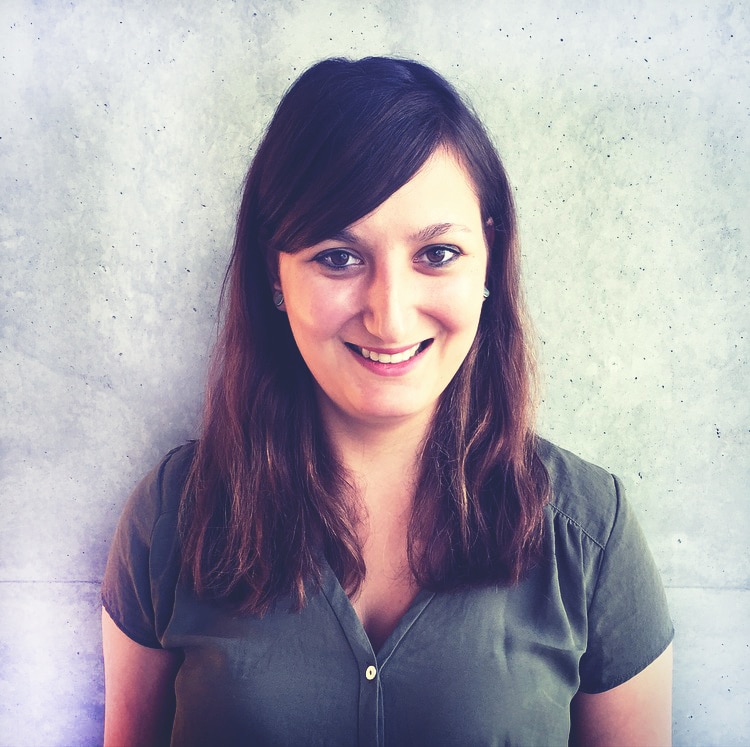
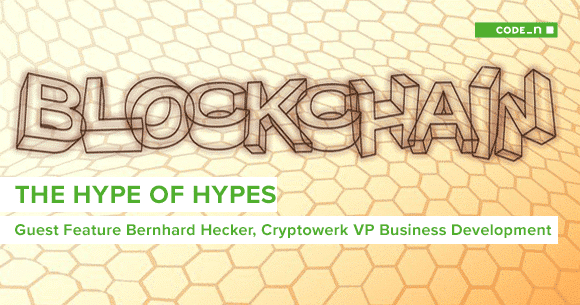
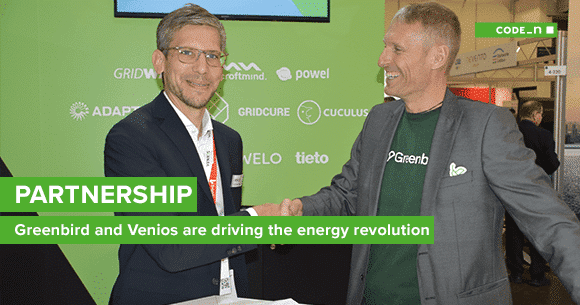
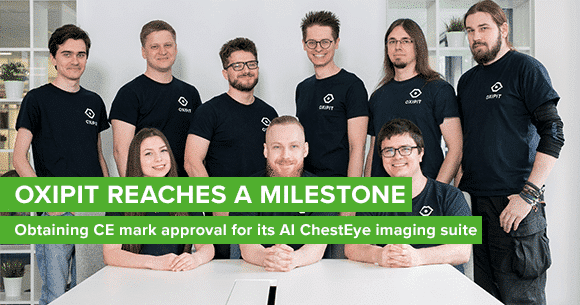
Write a comment